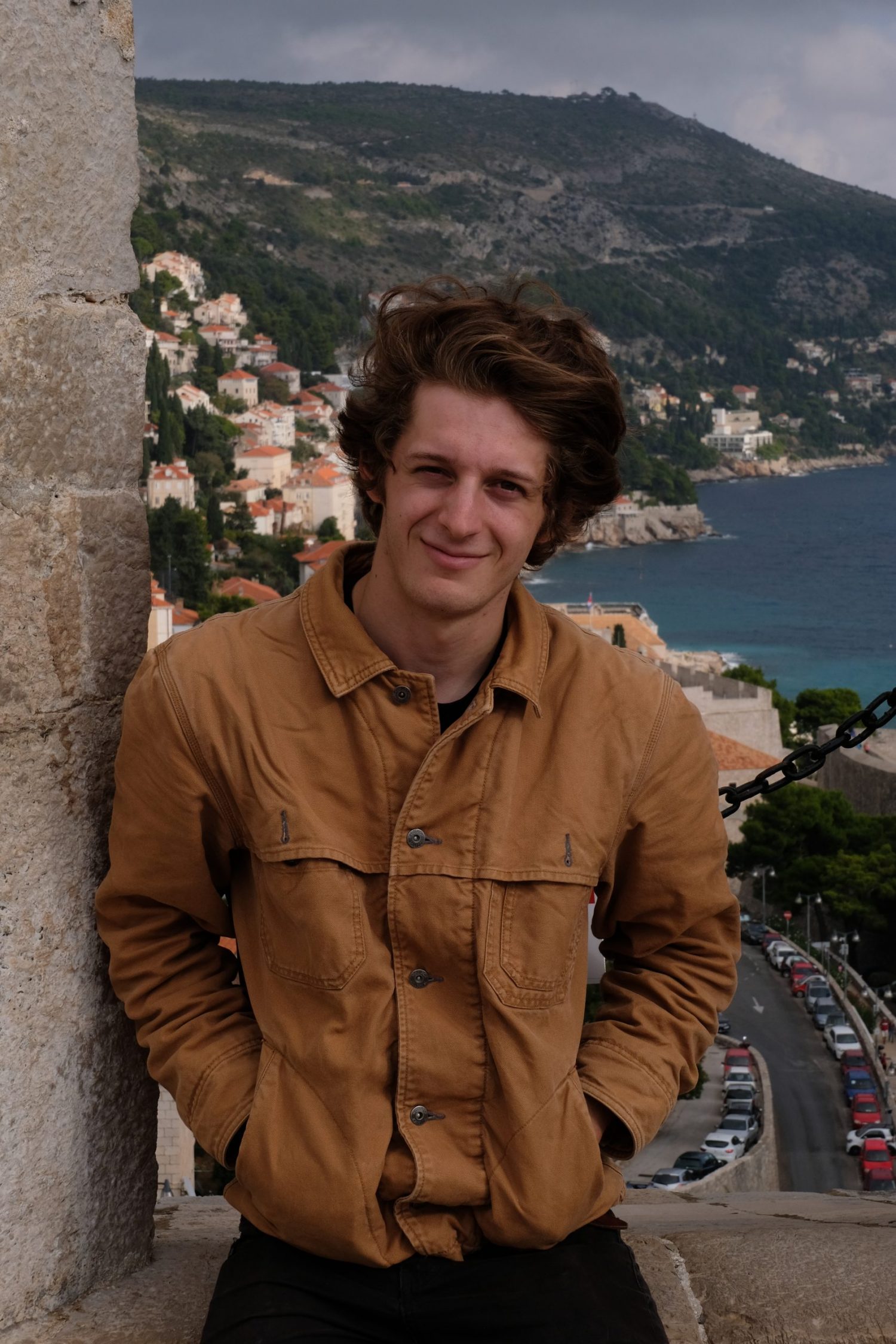The process of making this film has been equally enjoyable and exacerbating. In this post I’ll go over in detail the final changes I’ve made to the film as I’ve submitted it including, the narration (or lack thereof), the garden and bread making scenes, and the credits. At the end I will also talk about what I think the final message of the film is.
With respect to the narration, I shot of a lot of takes of me talking about the message of the film, and trying to fill transition moments where there was some ambiguity. At the end though, I really didn’t feel that my narration could add the kind of thing I was really looking for, or at least I couldn’t really figure it out in a way that would be satisfying. Beyond the fact that I really couldn’t stand listening to myself talk on screen, I found that the the narration did not add anything that couldn’t be perceived just by watching the movie.
The garden scene is the best scene in the movie (in no small part because Jess was so excited to talk about their garden). At the time that I filmed this scene (yesterday, ha!) I had accumulated enough experience with the camera, and had enough control over the scene, to actually focus and get the shots that mattered. Filming that scene took maybe an hour? Less? It was painless and easy. A major reason for this scene’s success is that Jess was so eager to talk, and to talk confidently, about what she was doing and why. She was also a good sport when I asked her to repeat things or let me get a close up of her doing something (like pulling up the radishes). I think the addition of the scene helped to break the tedium of people just explaining things in a serious tone, because Jess was willing to just play along with her role in the movie. Overall, I was very happy with the scene.
The bread making scene was definitely more difficult. To begin with, the space in the kitchen of my house where I was filming is super small, and so it caters to really close up shots. This bothered Emily, who was already fairly uncomfortable being on camera. I tried to make it work, but there were some fairly awkward camera angles. Emily was also quite unsure about what she should be talking about, which was my fault for not explaining it properly, so some of her dialogue is a bit lack luster. We had made arrangements to do a more formal sit down style interview that I could use as voice over, but the time for that has passed. That being said, there was enough dialogue and sound for me to use to show the process and have her explain what she was doing. What I really liked about this scene was that it’s the only scene where we actually see the fruits of one’s labour! We get to see the loaf of bread Emily makes right at the end of the movie, so that is really satisfying (at least for me).
For the credits, I chose the easy route. Just overlay them on top of the final shot and call it a day. Nothing fancy.
Now that it’s over, I think that the final message of the film could be interpreted in a few ways. Originally, I had set out to make a movie about the kinds of knowledge needed to grow/harvest one’s own food, and there’s a lot of knowledge that went into each of these methods. The knowledge about deer, fish, growing, and baking are deep troves that deserve far more explication and exploration than I could possibly give in a 10min movie. What I really liked is how each character referred to one of the other characters present in the film. It’s a small portion of the movie, but that sense of community is definitely there and it is quite profound.
Another aspect of this film that I think deserves further exploration is the gendered element. It’s notable that Khoi and Tim were most interested in hunting and fishing, while Jess and Emily were more interested in gardening and baking. Watching the finished product I was reminded of older ethnographies about hunter/gatherer societies with rigid (and gendered) labour roles. I mean, this is an interesting topic to explore but it’s also important to remember that I am the person who asked these people to participate in the film and to illustrate what they know about each process. I don’t think that this specific film really says much or anything about gender, but I do think that the building blocks for a discussion about gender are definitely present in the film.
